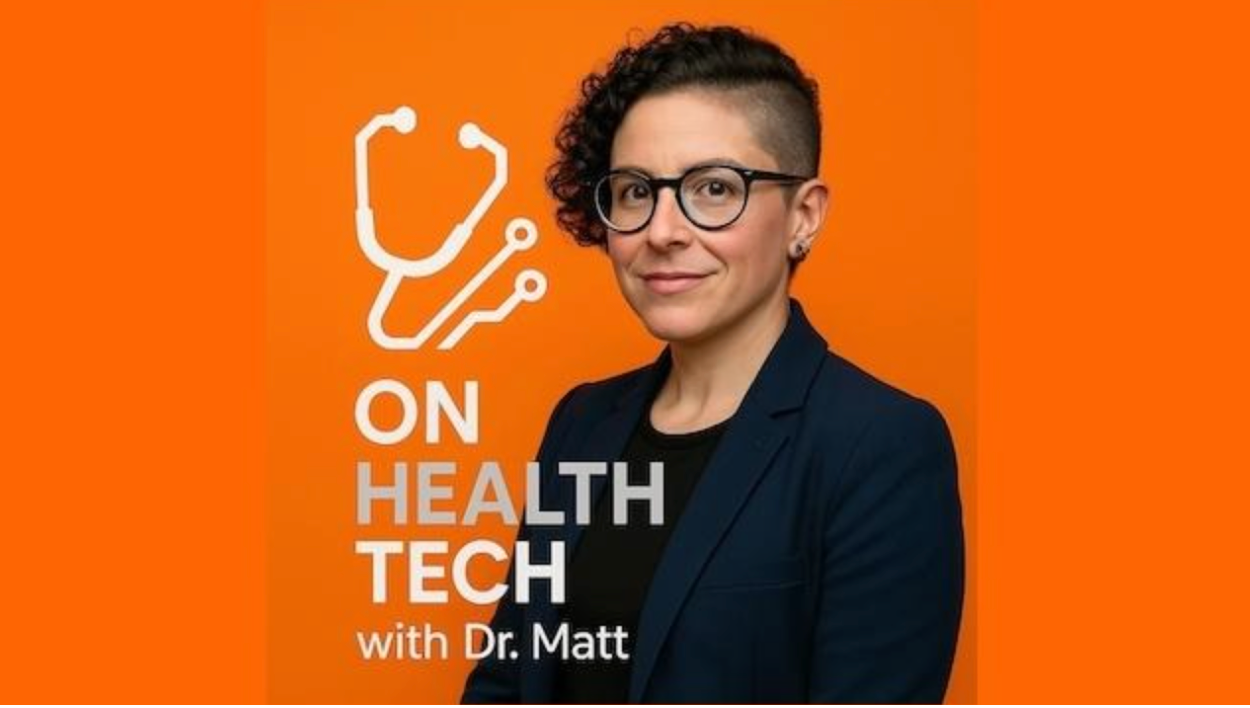The End of Reactive Care? How Digital Twins Are Predicting Autoimmune Flares
For years, the conversation around remote patient monitoring has been anchored in familiar territory: tracking vitals post-discharge or, more recently, using wearables to detect acute infections. While valuable, this narrative barely scratches the surface of what’s now possible. The true revolution is not just identifying a binary event like an infection; it’s about decoding the subtle, chaotic signals of chronic disease, a challenge that represents one of the largest drivers of cost and suffering in our healthcare system today.
Consider the landscape: more than 24 million Americans live with an autoimmune disease, and the collective cost of managing these 'unpredictable', inflammatory conditions runs well into the hundreds of billions annually. For this population, the greatest challenge is the unpredictable nature of a flare-up. These events, which can strike with little warning, are the primary driver of emergency room visits, hospitalizations, and the use of high-cost biologic drugs. While those with access to specialty care are on protocols ato reduce flares, our system remains very reactive, treating the crisis more often than preventing it.
That is beginning to change. The next wave of healthtech is moving beyond simple anomaly detection and toward the creation of Physiological Digital Twins: dynamic, machine-learning-powered models of an individual's unique biological baseline. This is not just a marketing buzzword. It represents a fundamental shift from the threshold-based alerts of traditional RPM (for example, a blood pressure reading over 140/90) to a sophisticated, pattern-based intelligence. Instead of just looking for a single metric to cross a line, a digital twin synthesizes multi-modal data streams from consumer wearables. It analyzes heart rate variability (HRV), sleep architecture and fragmentation, activity patterns, and respiratory rate to understand the intricate interplay of a person's autonomic nervous system. By learning an individual's unique "rhythm of wellness," the model can detect the faint, complex patterns that signal a brewing inflammatory cascade, long before the patient feels the debilitating symptoms.
The clinical evidence for this advanced approach is now emerging. A groundbreaking study on Inflammatory Bowel Disease (IBD) demonstrated that passive data collection from a consumer smartwatch could. Researchers found that a drop in HRV was a persistent signal in the week leading up to a confirmed flare. This is a crucial insight: while an infection causes a sudden, noisy alarm in your vitals, an impending autoimmune flare presents as a quieter, more sustained deviation that only a sophisticated, continuously learning model can reliably detect.
The Data-to-Action Pipeline: An Operational Framework
Bringing this concept to life requires an operational framework that bridges raw data with clinical action. For leaders and builders, the
"Data-to-Action Pipeline" provides a roadmap for implementation.
- Data Ingestion & Harmonization: The first challenge is the messy reality of the consumer device market. A platform must be able to ingest data from a variety of sources, like an Apple Watch, Oura Ring, or Garmin device, and harmonize it into a standardized format. This is the foundational layer for any scalable solution.
- The Digital Twin Engine: This is the core intellectual property. Once data is harmonized, the AI engine establishes a highly personalized, multi-variant baseline for each user. It then runs continuously, using pattern recognition algorithms to identify deviations from that baseline that correlate with a specific adverse event, like an IBD flare.
- The Clinical Intelligence Layer: A statistical probability from the AI engine is not a clinical action. This crucial layer translates the model's output ("78% probability of flare within 72 hours") into a specific, clinically relevant recommendation ("Patient may be entering an inflammatory cycle. Suggest initiating prescribed anti-inflammatory protocol and schedule a telehealth check-in.").
- The Intervention & Feedback Loop: The final step is delivering the intervention, whether it's an automated notification to the patient, a task sent to a care manager's dashboard, or an alert within the EHR. The patient’s outcome and subsequent data are then fed back into the Digital Twin Engine, creating a closed loop that allows the model to become progressively smarter and more personalized over time.
A New Strategic Imperative
This capability creates a new strategic imperative for leaders and builders across the healthcare ecosystem.
For Health Delivery Leaders: The focus must shift from episodic RPM to continuous, predictive chronic care management.
- Resource Allocation: This model allows for the targeted deployment of care managers and expensive therapies to the highest-risk patients before a crisis, preventing costly ER visits and improving outcomes.
- Value-Based Care: It provides the objective, longitudinal data needed to succeed in value-based arrangements by demonstrating a reduction in acute events and lowering the total cost of care.
- Clinician Well-being: By automating surveillance and filtering out the noise, this approach allows clinicians to practice at the top of their license, focusing their expertise on the patients who need them most and reducing the burnout associated with managing overwhelming data streams.
For Healthtech Builders: The opportunity is to build the platforms that create and manage these digital twins at scale. A new report on the future of digital therapeutics highlights the growing demand for AI-driven disease management platforms that go beyond simple tracking.
- Algorithmic Differentiation: The competitive advantage is no longer the sensor, but the sophistication of the AI. Companies that can build and validate algorithms for specific conditions will own the market.
- New Business Models: This opens the door to outcomes-based pricing. Instead of a simple SaaS fee, companies can share in the savings generated by successfully predicting and preventing a costly adverse event, aligning their incentives directly with the health system and the patient.
We are at an inflection point. The conversation around wearables must evolve from the novelty of detecting a virus to the profound impact of managing a lifetime of chronic illness. By embracing the complexity of Physiological Digital Twins and building the operational pipelines to support them, we can move beyond the reactive sick-care model of the past and begin building the proactive, predictive, and truly personalized healthcare system of the future. While the technology is soaring, now we must collectively consider the next step....how to bring this kind of chronic care management to the masses.
#StayCrispy
-Dr. Matt
Dr. Matt believes technology can erase the borders that limit access to care. This vision is the heart of her book, The Borderless Healthcare Revolution. Join her in building this future by visiting drsarahmatt.com to learn more and get your copy.




